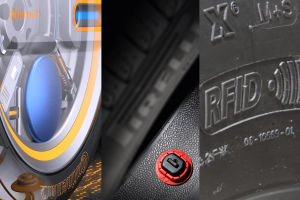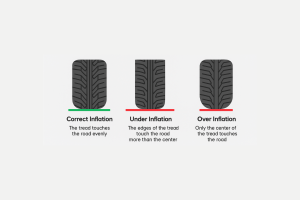Most car makers recommend that the tyres be rotated on the same schedule as oil changes.
In most cases that means every 12,000km or six months, though some have stretched the oil-change interval to 16,000km, such as on many Fords, Volkswagens and Toyotas.
BMW allows up to 22,000km between oil changes, but that is too long to wait to rotate the tyres.
Unless you drive fewer than about 12,000km per year, you should probably rotate tyres every six months or so.
As mentioned before, the tyres mounted on the drive wheels of any vehicle perform extra duty because they apply the power to the asphalt.
On front-wheel-drive vehicles that is amplified by the weight of the engine and transmission, and because the front tyres do most of the work in turns.
Rotating the tyres between front and rear a couple of times a year spreads out the burden so they wear evenly.
Automakers that offer all-wheel-drive cars also recommend rotating tyres. Subaru, for example, says to do it every 12,000km or seven months, whichever comes first.
If you bought a pre-loved car or have swapped out tyres, you may not know your tyre rotation schedule.
We suggest you follow the recommended schedule outlined in your owner’s manual, but rotate the tires (and change the oil) at least once a year.
You do not need to return to your car dealer service centre to do this but allow your friendly neighbourhood Tayaria service centre to do a complete check and to give you all the details on your tyres.





